The weather forecast for this weekend’s Nurburgring race is not very appealing. It looks like the ambient temperatures will struggle to reach double figures and, with intermittent rain, the track temperature will not be much different.
This can lead to some serious problems when it comes to getting the best out of your package. Getting the tyres working will be the most difficult part of that equation and unless you get them into their sweet spot, the rest of the car set-up and any testing you want to carry out will be more or less a waste of time.
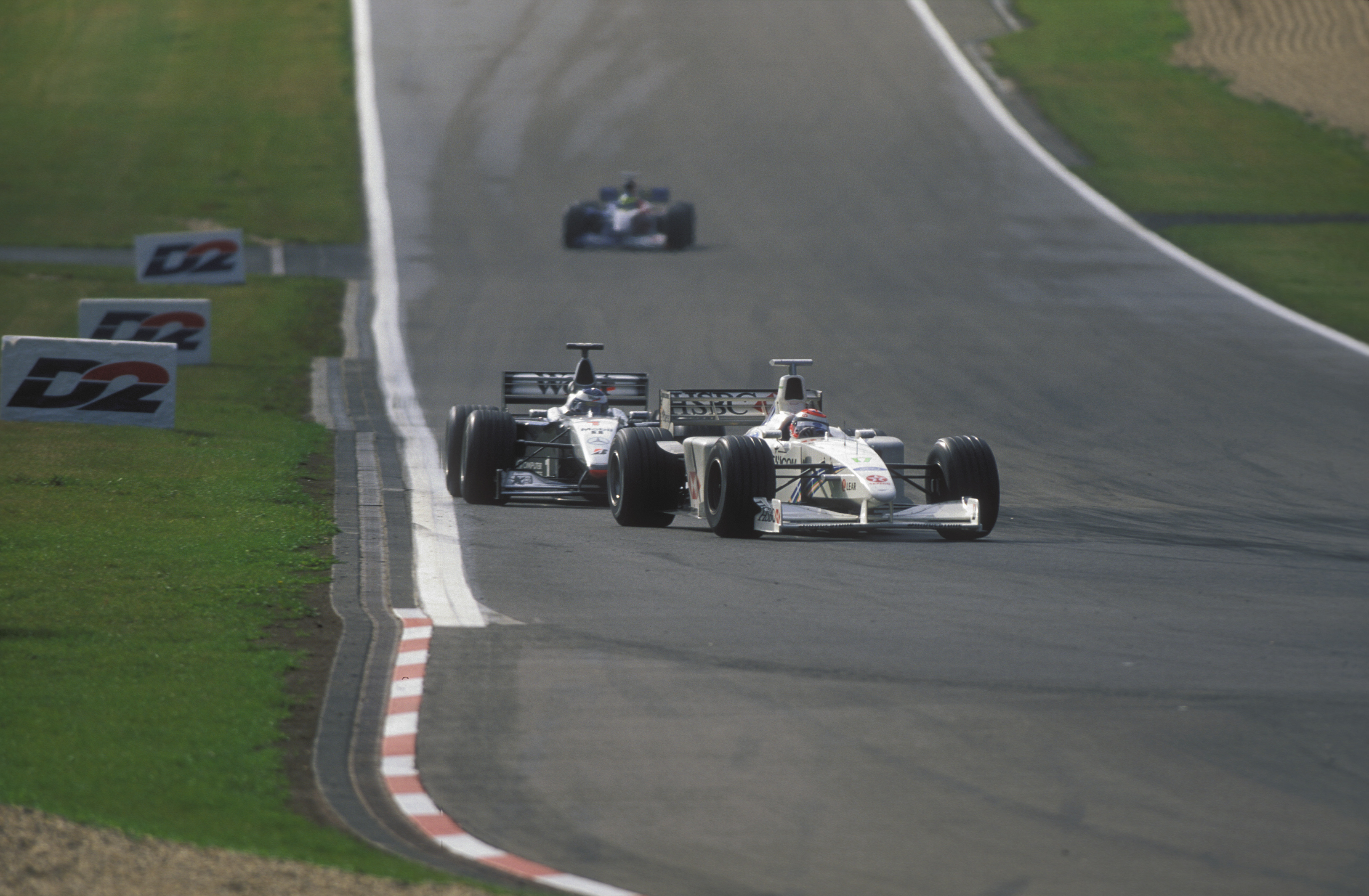
We had all these problems back in 1999 when Johnny Herbert won at the Nurburgring in the Stewart SF3. Nothing has changed in over 20 years, or even with the change of tyre manufacturer from Bridgestone to Pirelli.
But it’s down to the driver or drivers to buy into the fact that every time you leave the pits it will be a new experience and you will need to adapt very quickly to the changing conditions. Even if it doesn’t rain, the track’s grip level will be changing by the minute.
Pirelli isn’t doing the teams any favours by not bringing its softest compound because the softer the tyre, the easier it is to build temperature. Everyone is stuck with the C4 as the soft, the C3 as the medium and the C2 as the hard. But at least it’s the same for everyone.
The simple solution to getting better grip from the tyres is more downforce. The cars that can generate more of this will get the tyres working more easily than the teams with less downforce.
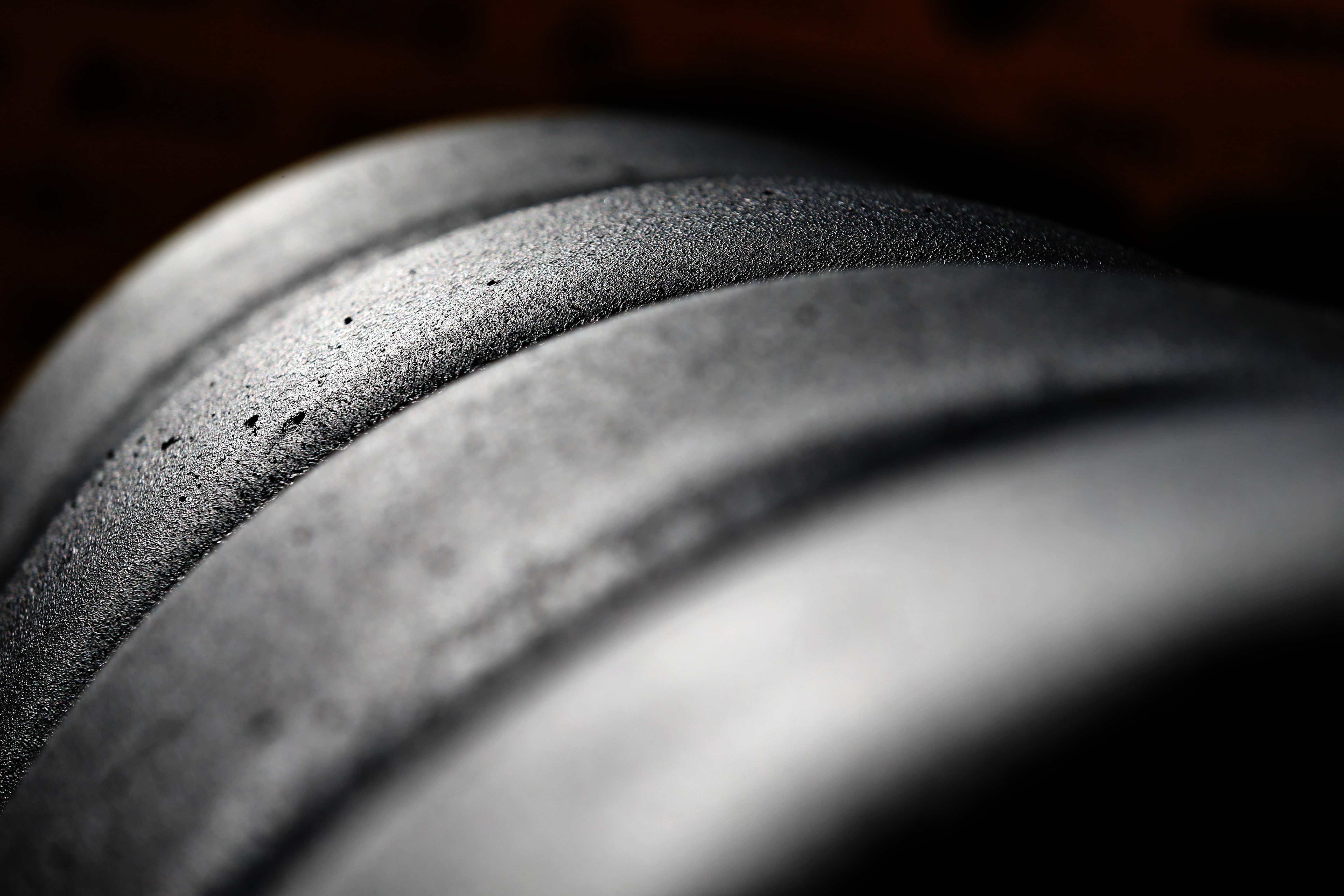
But it’s never that simple. Every track, including the Nurburgring, has its compromises. Even though the cool, crisp air will mean the engines will produce slightly more power, that same cool crisp air will generate more downforce and with it drag so optimising the set-up will be that little bit more difficult.
Do you run more downforce, get the tyres working better for that one lap in qualifying or do you set up the car for the long game knowing that in the race the tyres will get up to temperature? Then you could be in a position to overtake by not being stuck with too much drag.
That’s a car set-up decision, but the main problem no matter what aerodynamic set-up you go for is simply getting the tyres to a reasonable temperature where you can get them to ‘switch on’. This is when the tyre generates enough grip to actually react to the forces you are asking it to react to. From there, you can then load the tyre up that bit more, generate a little more temperature and so on.
To try to explain it, I’ll relate it to what it feels like in a road car. When you leave the pits in very cold conditions, it’s a bit like driving on ice. If you can get the tyre to scrub in and generate some grip then it’s like driving in wet conditions.
After that comes driving in damp conditions and, if all goes well, it becomes like driving in dry conditions with plenty of grip from the tyres. It really is the same as a road car going through those conditions.
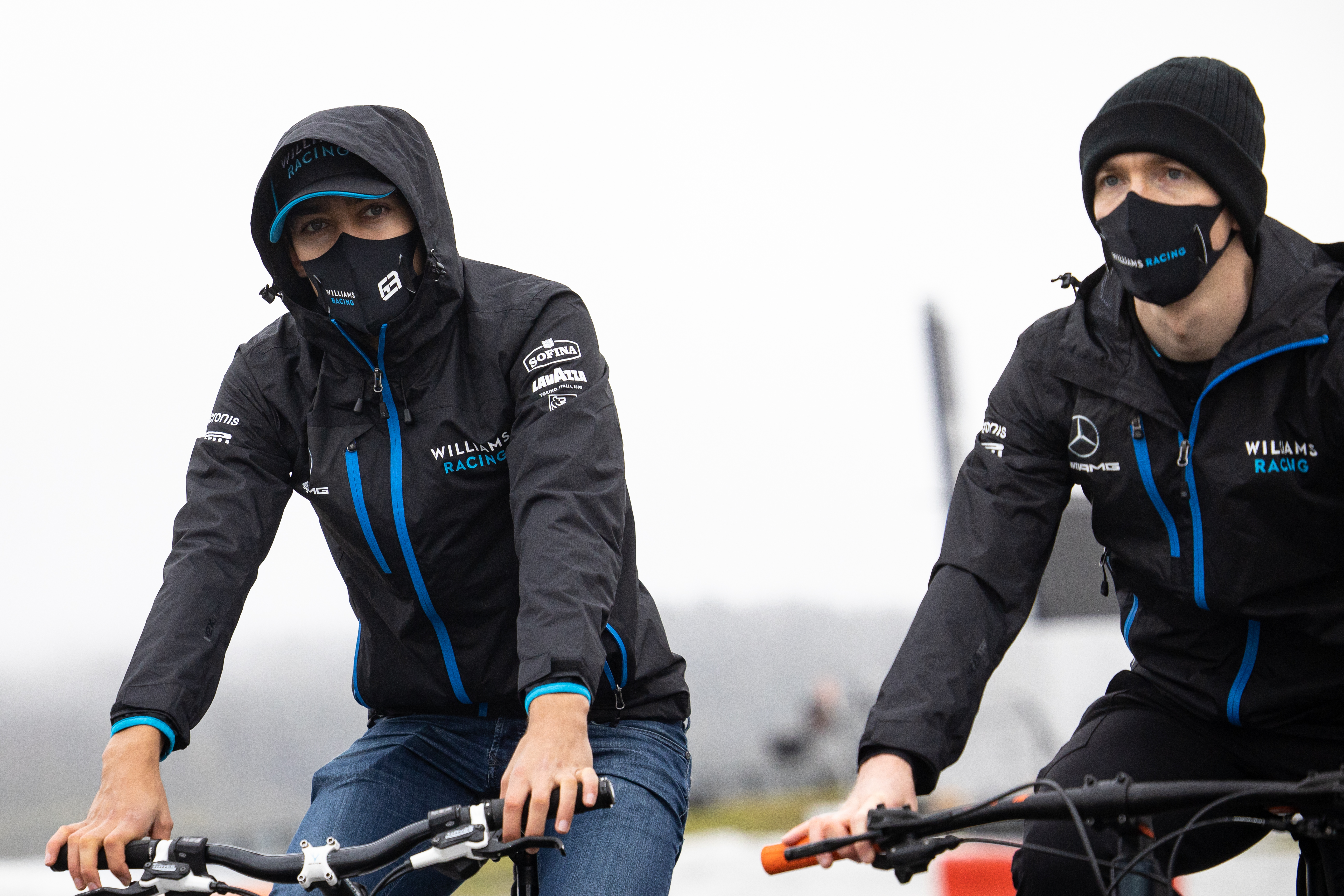
So it’s not going to be easy and plenty of drivers have complained about the challenge that they will face this weekend. As Williams driver George Russell explained, there are things you can do but there’s no easy solution.
“You’re going to have to be pretty aggressive with your driving,” said Russell. “There are a few things you can do with the car to try and induce more temperature into the tyre, whether that’s with camber, toes, the brake ducts and the nozzles to try and put more heat into the tyres.
“It is going to be difficult, there’s no silver bullet to just suddenly generate that tyre temperature without any major knock-on effects, because I don’t think any Formula 1 team or Pirelli designed tyres to be driven around in seven degrees of temperature so it’s going to be tricky.”
With Pirelli’s maximum and minimum tyre requirements, it’s pretty difficult to find a solution to this problem by changing any of these parameters within the window it allows.
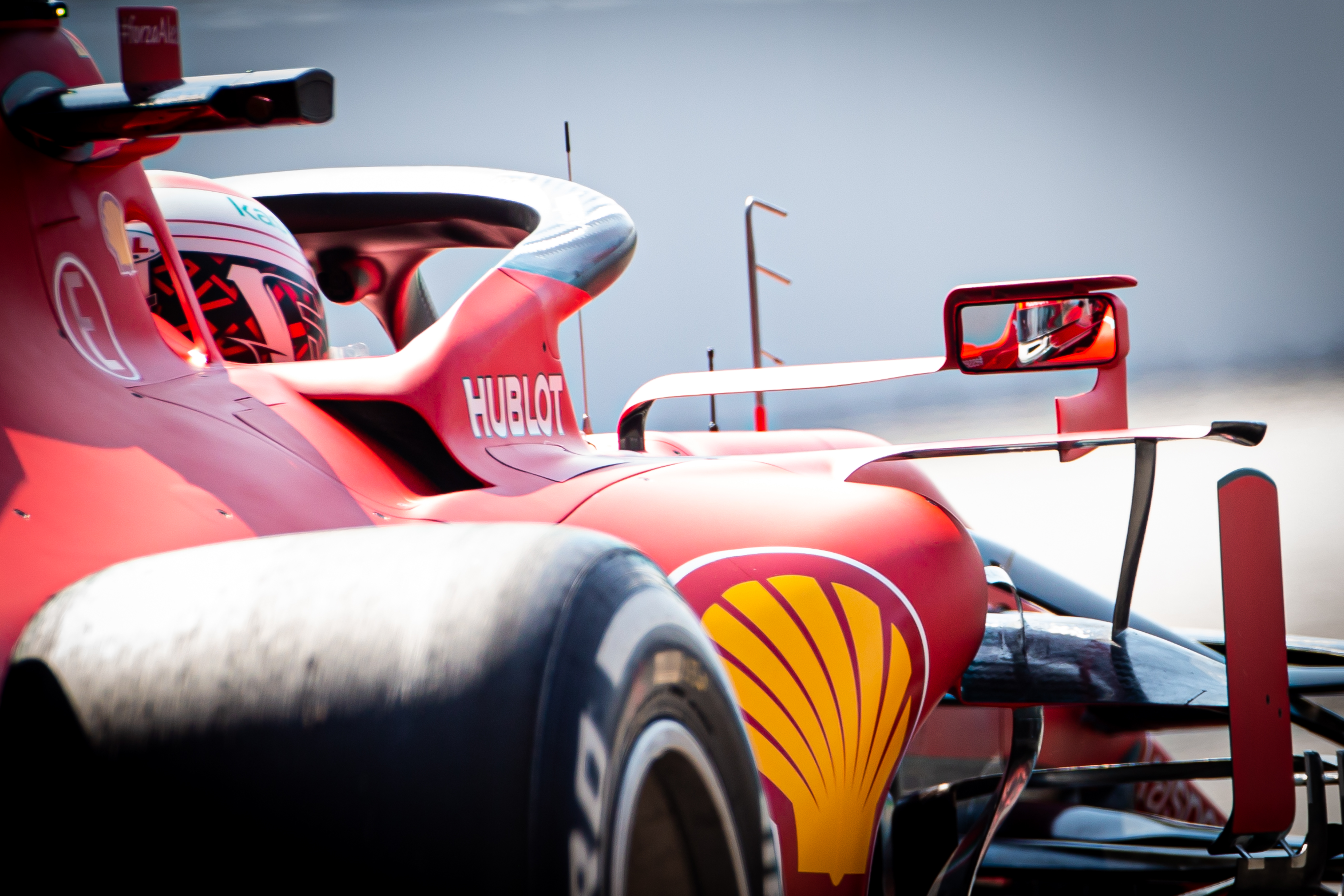
The front camber limit is -3.5 degrees and the rear camber limit -2.0 degrees, while you must also run with the mandatory high tyre pressures – 22.5psi for the front and 19.0psi for the rear on the slicks.
Chassis set-up wise, you can play with the cambers and toes. More of each within Pirelli’s working window will help a little, but you don’t want to get into a situation where you are increasing the potential for degradation during the race.
You can run the suspension spring settings a bit stiffer, giving the tyre a bit more of a hard time. But this will also reduce the feedback from the car to the driver, so it will be easier to lock the brakes. It also makes it a bit more difficult to detect when you are the limit of the tyre.
Driving the car more aggressively as Russell suggests will help a little. Climbing over kerbs on the warm-up lap can help but you need that little bit of grip before you can really start to lean on it, otherwise it’s pretty easy to look like an idiot as you spear off the road.
At least this weekend, I don’t think we will be seeing anyone creeping around the last corner to allow the tyres to cool down and reduce the pressures. It might still be necessary to get a decent track position for a quick lap, but I would think that most teams will try to achieve that when they are leaving the pits.
Anyone who doesn’t will be at a disadvantage very quickly, as once you lose some of the induced tyre blanket temperatures it will be twice as difficult to get it back.
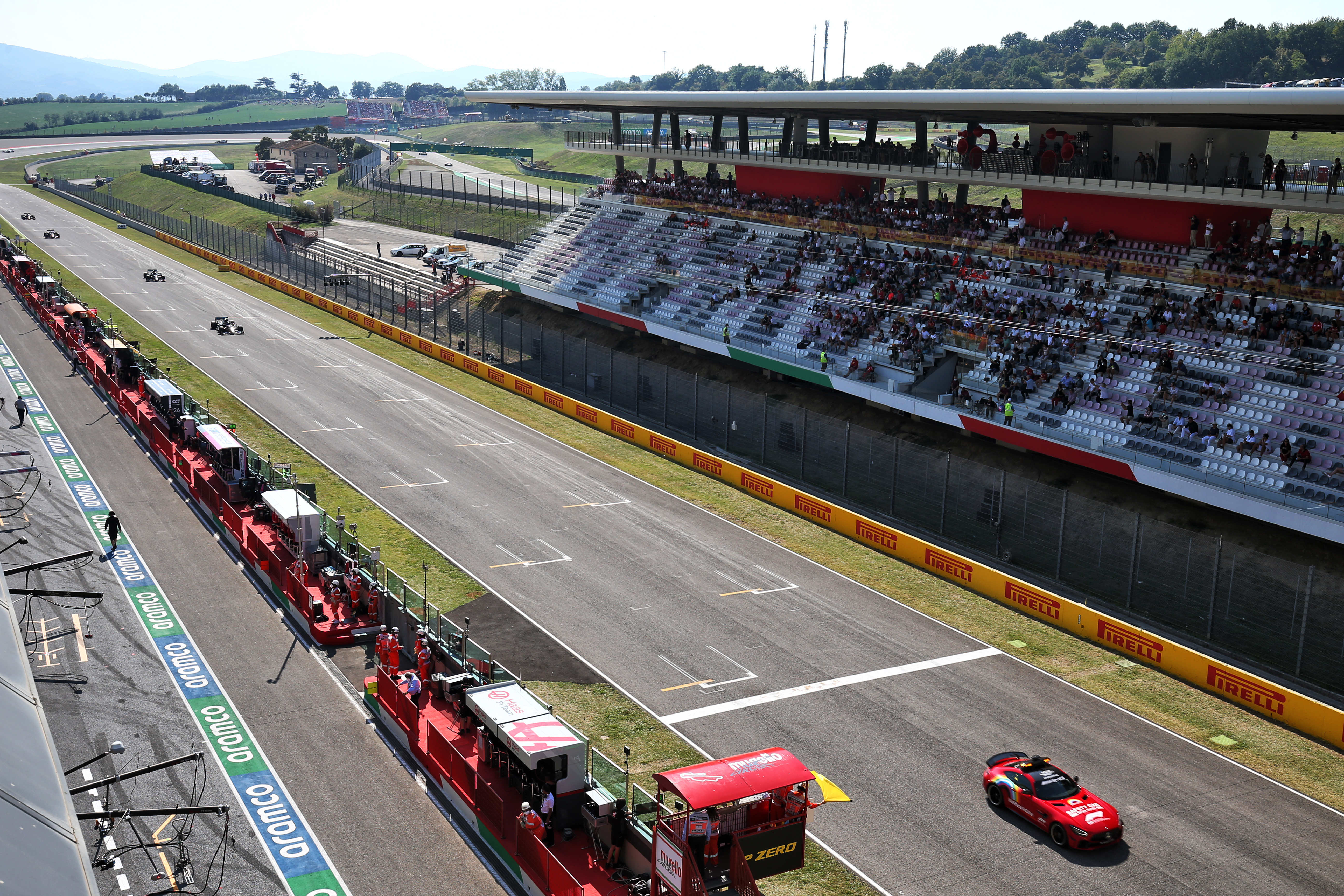
That will also be true if there are any safety car periods during the race. If you think Mugello was bad then think again, with the track temperatures we are expecting and with partially worn tyres it will be an absolute nightmare on restart laps.
It’s always the fronts that are the main problem. The teams will adjust the brake balance forward as much as possible for the warm-up lap – or laps – and use the brake temperature to heat the rims, which in turn heats the air volume in the tyres. But even that doesn’t guarantee a balance between the fronts and rear tyres.
It also means that if there is still a difference in brake disc temperatures by the time you need the brakes it can lead to one end being much more efficient than the other. There is a fairly big switch in braking coefficient from these carbon-carbon brakes.
If the fronts are up to say 400C and the rears 200C then you will lock the fronts. The other way around and you will probably visit the gravel trap. So when you get to the first corner, it will still be a big gamble as to the level of front tyre grip.
Then again, you could just go away and invent a system that allows the driver to change the front toe to a more aggressive setting on the straights. This would help get the front tyres in line with the rears temperature-wise, giving you a better balance to start the qualifying lap with or recover from a safety car period.
And if it’s good in the first corner, then you’re on your way.
Or ‘DAS’ that been done already?


